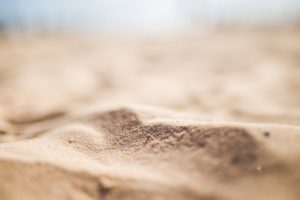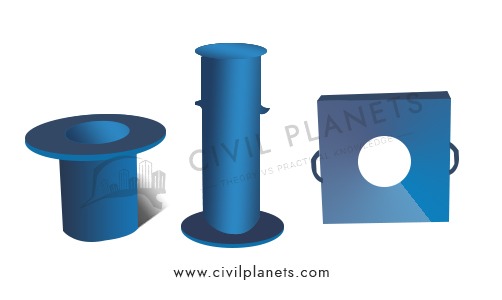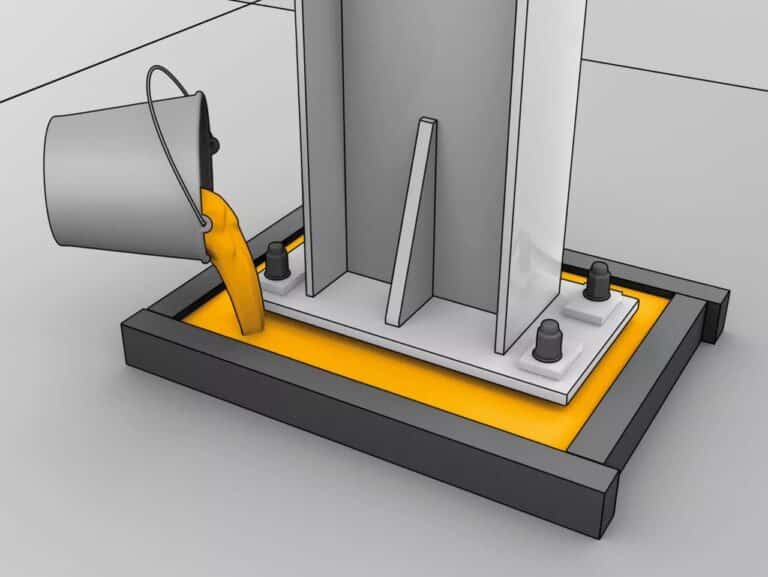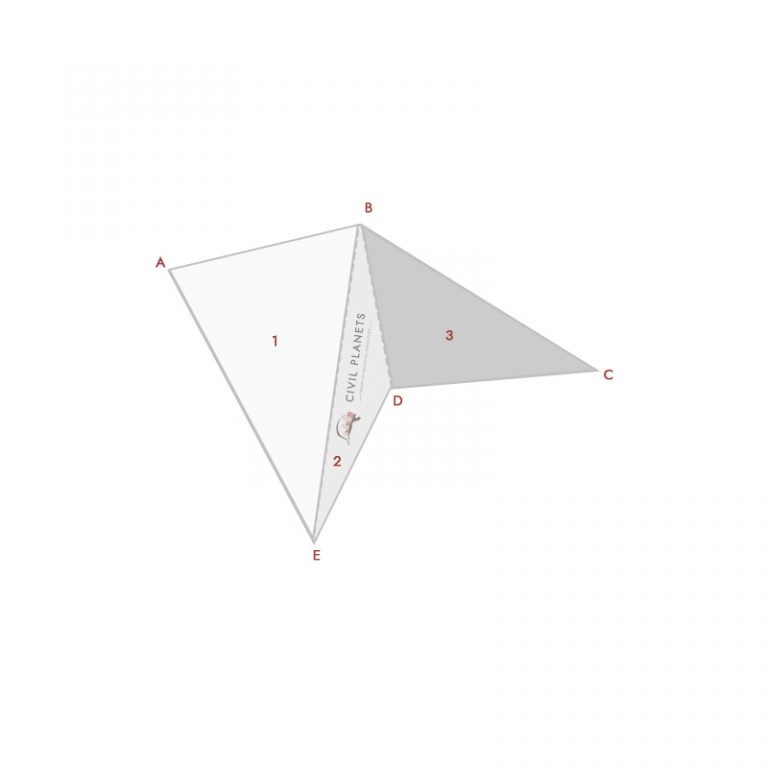What is a sand replacement test?
The test conducted at the field to check the density of soil to ensure whether it has been compacted well as 
They are otherwise known as Field Density Test or FDD Test of sand.
Density / Unit Weight – The unit weight of the material is defined as Mass per Volume (M/V)
Why do we use sand replacement tests?
The bearing capacity of a soil depends on the density of soil. The structural design was also calculated based on this. So to achieve the required soil density, we tend to compact and consolidate it well.
Once the compaction has been done, the sand replacement test (Cone test) will be used to determine the density of cohesionless soil.
Sand Replacement Test
Objective
The core test method is not possible to find the density of cohesionless soil. So the sand replacement test is used to determine the density of the soil as per the Indian Standard Code IS 2720 Part 28.
The sand replacement method is suitable for where the compacted soil layer does not exceed 150mm.
Apparatus Required
- Oven
- Trowel
- Digging Tools
- Weighing Machine
- Sand Pouring Cylinder
- Metal Tray with Central Hole
- Metal container for collecting soil
- Glass plate (450 Sqmm and 9mm thickness)
- Cylindrical calibrating container (100mm internal diameter & 127.4mm long)
Precaution of Field Density Test
The sand is required as given below, to conduct the calibration for the apparatus.
- The natural sand should be free from dust & other impurities.
- The sand should retain in a 600-micron sieve passed through the 1mm sieve as per IS standard.
- The sand must be dried in the oven after that; it must be allowed to the atmospheric humidity (takes 7 days).
- Choose the levelled soil area to conduct the test.
- Don’t forget to wear a hand glove when removing the dried sand from the oven.
- Note accurate weight to avoid errors.
Calibration of Apparatus
First, we have to find the bulk weight of sand to determine the bulk unit weight of soil.
- Measure the calibration container and find the volume.
V = (𝝿 hd2)/4 or (πr2h)
D = 10cm h = 12.74cm
V = 3.14 x 12.74 x 102/4) = 1000 cm3
Volume of Calibrating container V = 1000 cm3

- Now take the sand pouring cylinder, which consists of the cone shape at the bottom (inside).
- The cone has a slit hole at the top, which can open and close by the nob.
- Fill the dried sand up to the top of the cylinder and note its weight as W1.
- Now place the sand pouring cylinder on the calibrating container and open the slit hole to drop the sand in the container.
- Once the sand fall has over, close the slit & remove the cylinder. Now the sand has filled over the calibrating container in a cone shape.
- Now take the weight of the cylinder, which contains the remaining sand as W2.
- Now we have to find the sand weight of the conical heap over the calibrating container. So to find the conical shape sand weight, place the sand pouring cylinder on the glass plate.
- Now open the slit and allow sand to fall on the glass plate in a conical shape. Once the sand fall has over, close the slit & remove the cylinder. Now weight the sand in a conical heap as on the glass plate as W3.
- Now calculate the weight of sand, which fills the calibrating container (conical heap)as Wc.
Wc = W1 – W2 – W3
Bulk density of Sand 𐊄s = Wc / Volume of Calibrating container
𐊄s = Wc / V
|
DESCRIPTION |
FORMULA/NOTATION |
SAMPLE1 |
SAMPLE2 |
SAMPLE3 |
|
Wt of Sand pouring cylinder with sand |
W1 |
|||
|
Wt of the pouring cylinder which consists of remaining sand after sand-filled over the calibrating container |
W2 |
|||
|
Wt of Conical shape sand |
W3 |
|||
|
Wt of sand to fill the calibrating container |
Wc = W1 – W2 – W3 |
|||
|
Wt of empty calibrating container |
V = (𝝿 x h x d2)/4 |
|||
|
Bulk Density of Sand |
𐊄s = Wc / V |
We just finished the calibration part.
Test Procedure
- STEP 1 – The soil surface should be even & clean where the test is going to be conducted.
- STEP 2 – Now place the metal tray over the soil surface & excavate the soil through the hole up to 12cm and collect the soil on the metal tray.
- STEP 3 – Note the weight of excavated soil as We.
- STEP 4 – Fill the dried sand up to the top of the sand pouring cylinder and note its weight as W1.
- STEP 5 – Then place the sand pouring cylinder over the excavated soil area centre to the dug hole, release the sand to fall on the hole, and close the slit hole.
- STEP 6 – Now weight the cylinder, which consists of remaining sand as W2.
- STEP 7 – To find the conical heap of sand weight, place the sand pouring cylinder on the glass plate & open the slit hole to allow sand to fall on the glass plate in a conical heap. Once the sand fall has over, close the slit & remove the cylinder.
- STEP 8 – Now weight the sand in conical shape as on the glass plate as W3.
- STEP 9 – Then determine the weight of the Poured sand, which is filled on the excavated soil hole as Wp.
Wp = W1 – W2 – W3
The volume of the sand-filled to the hole Vh = Wp/𐊄s
Now the bulk density of soil 𐊄b = We / Vh
- Take a small weight of the excavated soil & find the moisture content from the lab.
Now the dry bulk density of soil 𐊄d = (𐊄b/1 + m)
- Do the test at least 3 different locations and average the value.
Sand Replacement Test Lab Report
|
DESCRIPTION |
FORMULA / NOTATION |
SAMPLE 1 (gram/cu. cm) |
SAMPLE 2 (gram/cu. cm) |
SAMPLE 3 (gram/cu. cm) |
|
Wt of excavated soil |
We |
|||
|
Wt of Sand pouring cylinder with sand |
W1 |
|||
|
Wt of the pouring cylinder which consists of remaining sand after sand-filled over the calibrating container |
W2 |
|||
|
Wt of Conical shape sand |
W3 |
|||
|
Wt of sand to fill the excavated hole |
Wp = W1 – W2 – W3 |
|||
|
The volume of the sand-filled to the hole |
Vh = Wp/𐊄s |
|||
|
Bulk Density of Soil |
𐊄b = We/Vh |
|||
|
Moisture content |
m |
|||
|
Bulk density of soil |
𐊄d = (𐊄b/1 + m) |
Happy Learning 🙂




